Members are encouraged to participate in the Club’s informative and fun walks. There are Bird walks, Geo walks and Enviro walks at Woodmead, along with Garden walks at Auckland Park.
The Field Guide has sixty two information-packed pages with over 300 photographs and diagrams. Learn about the birds, mammals, insects and fishes that can be found on the Estate. Identify grasses, flowers and trees. Find out about the Estate’s fascinating topography and geology.
This is a ‘must have’ book for every member with an interest in the flora, fauna and geological background to the Woodmead Estate. It includes a map of the Environmental trail and detail on the 24 information sites.
Available at both Woodmead and Auckland Park reception desks at just R50 each
WOODMEAD
Species & reports
The preserved natural environment at the Woodmead Estate attracts as many as 180 bird species to the area.
 1.png)
Yellow crowned Bishop
(Golden)
The wide, indigenous areas at Woodmead are home to a fascinating range of trees and rare grasslands
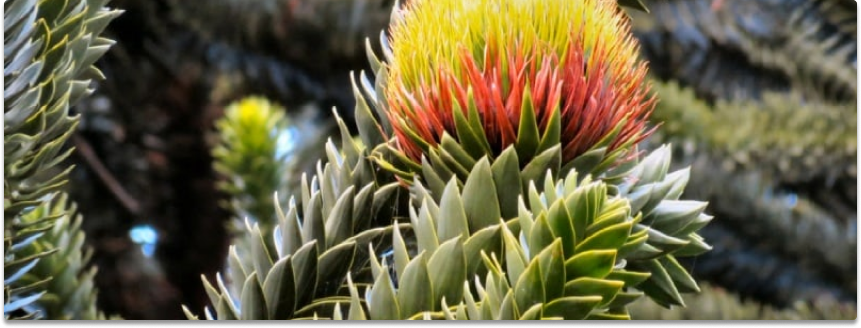
Monkey Puzzle
(Araucaria araucaria)
WOODMEAD
Environmental articles
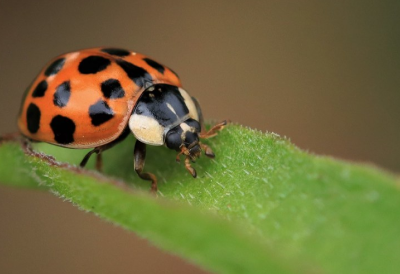
HARLEQUIN LADYBIRD (Harmonia Axyridis)
An aphid (a sap sucking insect) excretes sugar water which collects on leaves making nice food for the black fungus that covers the leaves of our Oak trees. While checking the condition of the trees, I came across a ladybird. Surely a good sign, as it was my understanding that all ladybirds were great for managing aphid populations.
_(46725139002) 1.png)
POMPOM WEED (Campuloclinium macrocephalum)
The pretty pink flowers you see in concentration in the grassland along the left side of the Rocklands 13th fairway and dotted in several other areas on the Greater Woodmead Estate any time from November through to March is the Pompom weed. This is an invasive weed of our grasslands, savanna and wetlands and listed as a Category 1 invasive alien species.
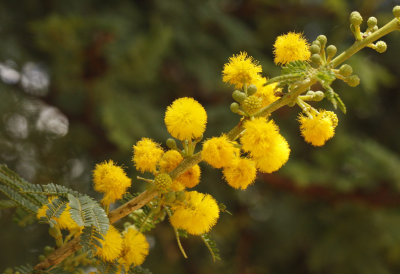
SWEET THORN (Vachellia Karroo)
A sweet thorn acacia requires just 25 millimetres of rain for it to turn all gold with its glorious fragrant yellow, puffball flowers. The sweet thorn is one of the last of the Acacia species to flower in summer. It can flower intermittently throughout the summer and sometimes as many as six times in the course of a year and particularly after good rains.
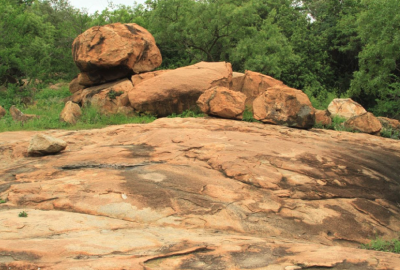
Geological Setting
The most prominent feature alongside the road leading from the entrance of the Country Club to the parking area are a cluster of large rounded boulders known as Dombeya Rocks. They lie in amongst the pristine bush and trees on the right hand side of the road after the first major bend. These are particularly noticeable in the Wilds East and Wilds West areas and between a numbers of the fairways on both courses.
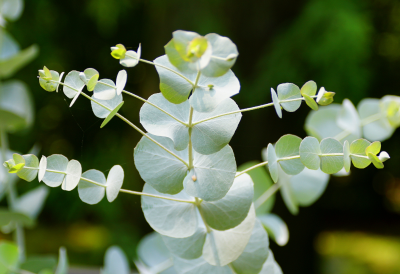
EUCALYPTUS GUM
Called gum trees because they exude copious amounts of gum from any break in the bark….
Gum trees are very much a part of our history in South Africa. The mighty giants deserve admiration and the individual non-invasive trees need to be protected. There is something quite beautiful that happens when that late afternoon light falls on the gum tree trunk.
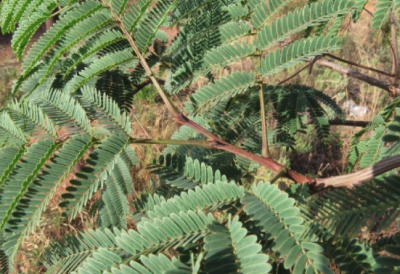
ALOE (Aloe greatheadii var. davyana)
The pretty pink flowers you see in concentration in the grassland along the left side of the Rocklands 13th fairway and dotted in several other areas on the Greater Woodmead Estate any time from November through to March is the Pompom weed. This is an invasive weed of our grasslands, savanna and wetlands and listed as a Category 1 invasive alien species.

ACACIA (Hook thorn)
To different continents the acacia is more than just a tree. To us the acacia is part of our African landscape and the acacia name is as much a part of Africa as the Big Five. Since the Swedish botanist Carl Linneus first described the type species of the genus Acacia in Africa in 1773, continents could lay claim to acacia trees. In the last 30 years, this has all changed.
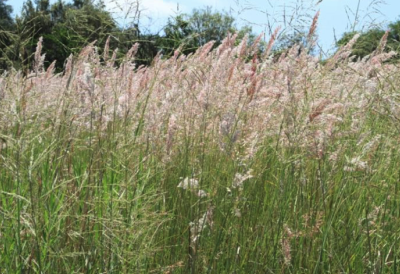
THE IMPORTANCE OF GRASSES
A visit from Frits van Oudtshoorn, author of ‘’GUIDE TO GRASSES OF SOUTHERN AFRICA“to CCJ Woodmead in December has prompted me to write about grasses and about the grasses we have now identified on the Greater Woodmead Estate (GWE). Grasses belong to the family Poaceae, which is the fifth largest plant family on earth. Grassland is the second largest biome in South Africa.